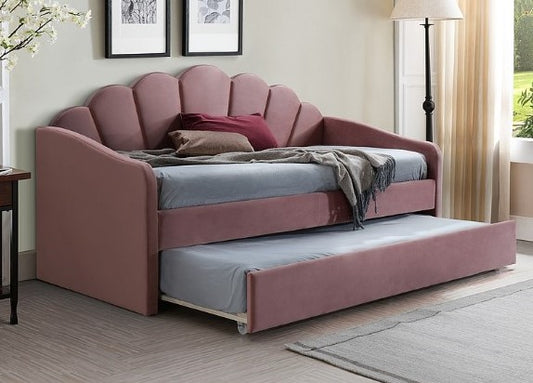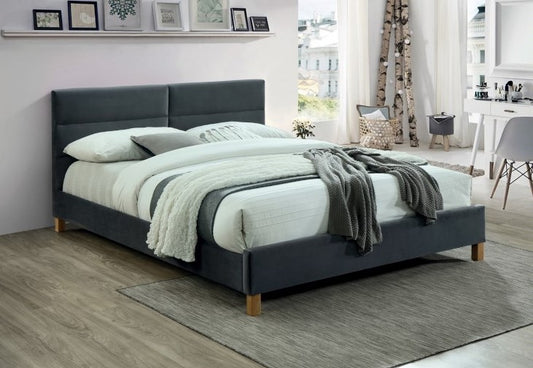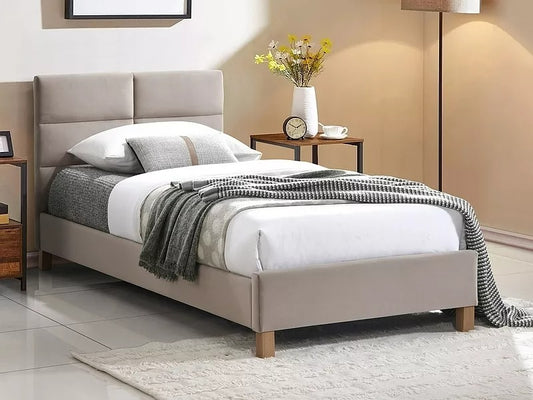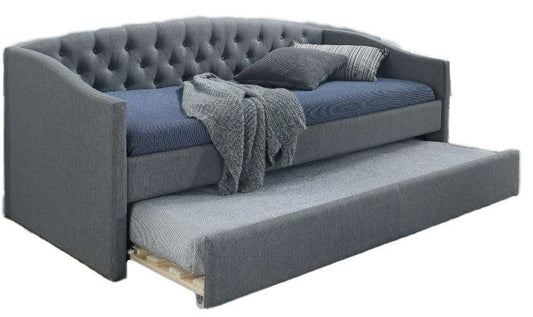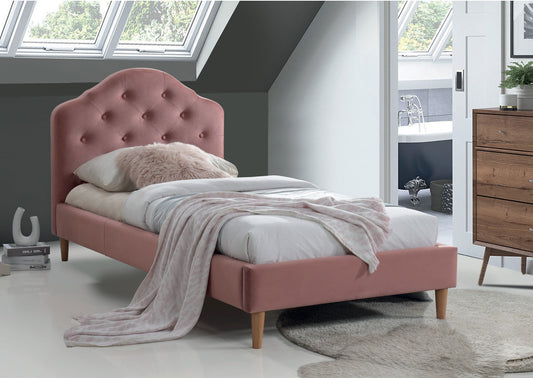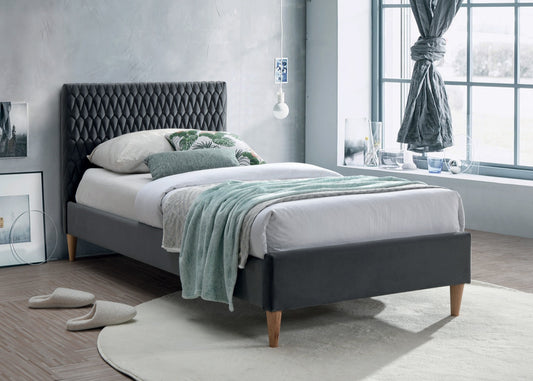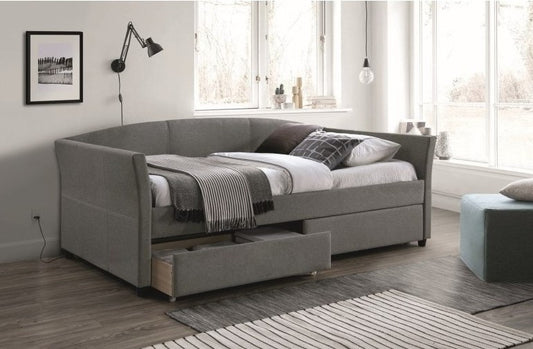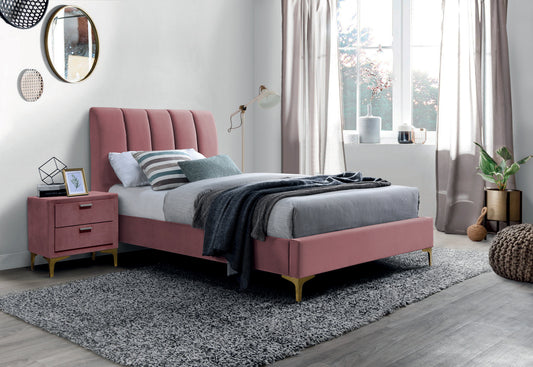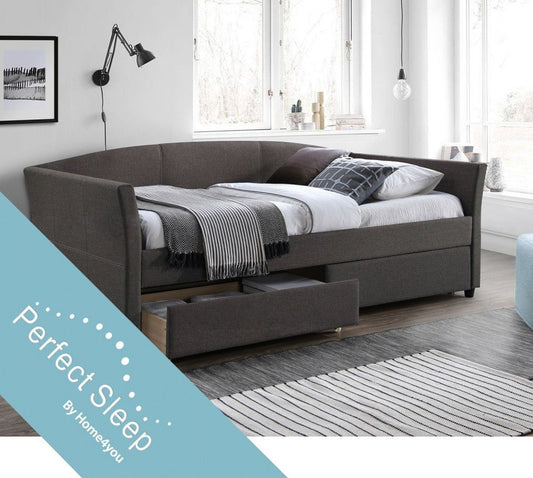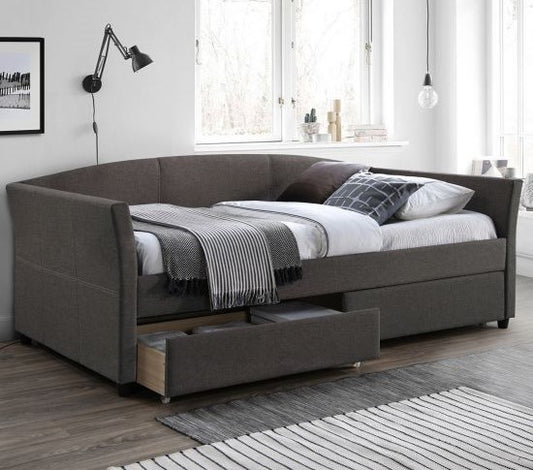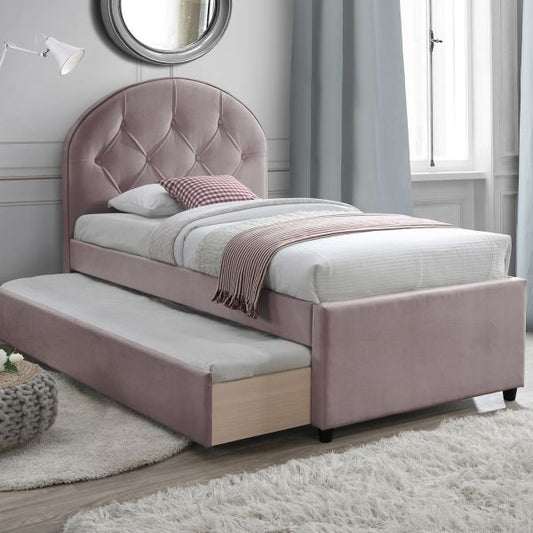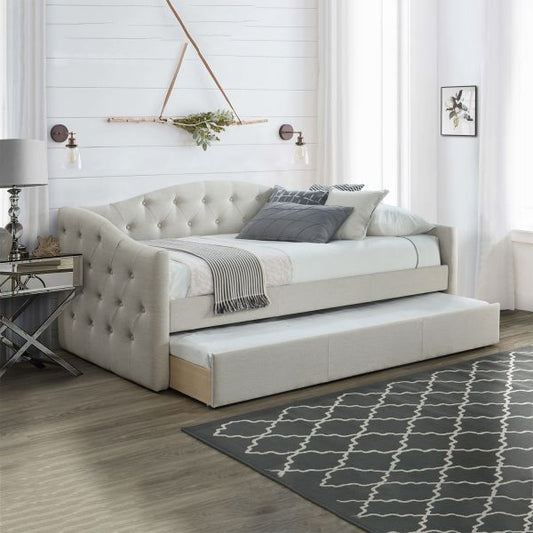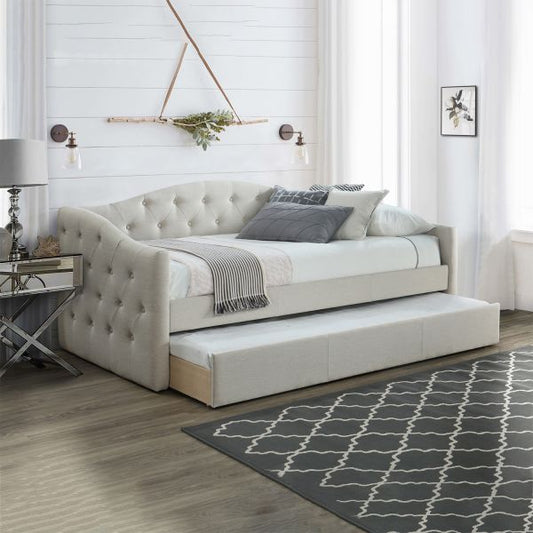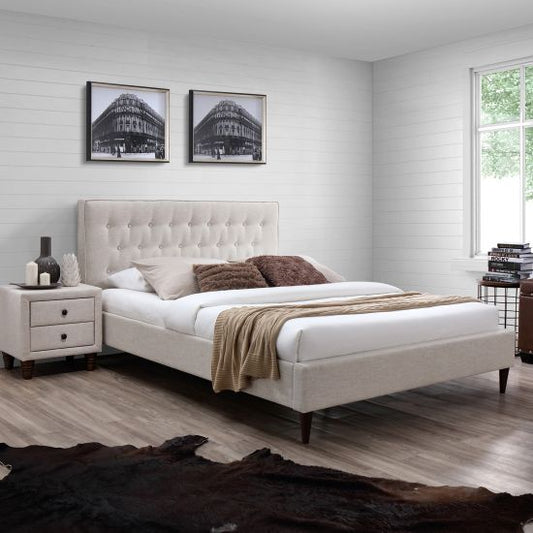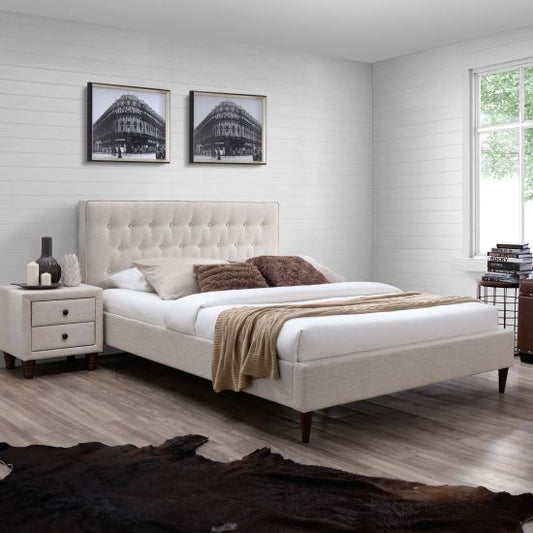-
Vendor:Halmar
Single Bed East Baku
Height:91cm|Width:132cm|Length:231cmRegular price 425,99 €Sale price 425,99 € Regular price425,99 € -
Vendor:Signal
Single Bed Worksop
Height:116cm|Width:102cm|Length:214cmRegular price 553,99 €Sale price 553,99 € Regular price553,99 €2 Product variants

-
Vendor:Signal
Single Bed Widnes
Height:95cm|Width:133cm|Length:216cmRegular price 592,99 €Sale price 592,99 € Regular price592,99 €2 Product variants

-
Vendor:Signal
Single Bed Wickford
Height:100cm|Width:96cm|Length:208cmRegular price 184,99 €Sale price 184,99 € Regular price184,99 €2 Product variants

-
Vendor:Signal
Single Bed Whitehaven
Height:91cm|Width:126cm|Length:213cmRegular price 261,99 €Sale price 261,99 € Regular price261,99 € -
Vendor:Signal
Single Bed Weymouth
Height:91cm|Width:96cm|Length:213cmRegular price 235,99 €Sale price 235,99 € Regular price235,99 €2 Product variants

-
Vendor:Signal
Single Bed West Vienna
Height:92cm|Width:100cm|Length:214cmRegular price 485,99 €Sale price 485,99 € Regular price485,99 € -
Vendor:Signal
Single Bed West Alghero
Height:106cm|Width:104cm|Length:215cmRegular price 305,99 €Sale price 305,99 € Regular price305,99 € -
Vendor:Signal
Single Bed St Neots
Height:79cm|Width:97cm|Length:215cmRegular price 305,99 €Sale price 305,99 € Regular price305,99 €2 Product variants

-
Vendor:Signal
Single Bed Northwich
Height:96cm|Width:96cm|Length:212cmRegular price From 239,99 €Sale price From 239,99 € Regular price239,99 €2 Product variants

-
Vendor:Signal
Single Bed Newark
Height:124cm|Width:108cm|Length:216cmRegular price 410,99 €Sale price 410,99 € Regular price410,99 €2 Product variants

-
Vendor:Signal
Single Bed East Cambridge
Height:81cm|Width:98cm|Length:222cmRegular price From 383,99 €Sale price From 383,99 € Regular price383,99 €3 Product variants


-
Vendor:Signal
Single Bed East Brighton
Height:108cm|Width:95cm|Length:219cmRegular price From 308,99 €Sale price From 308,99 € Regular price308,99 €2 Product variants

-
Vendor:Home4you
Single Bed Warrington 3
Height:44cm|Width:98cm|Length:220cmRegular price 708,99 €Sale price 708,99 € Regular price708,99 € -
Vendor:Home4you
Single Bed Warrington 2
Height:44cm|Width:98cm|Length:220cmRegular price 708,99 €Sale price 708,99 € Regular price708,99 € -
Vendor:Home4you
Single Bed Warrington 1
Height:78cm|Width:98cm|Length:220cmRegular price 611,99 €Sale price 611,99 € Regular price611,99 € -
Vendor:Home4you
Single Bed Warrington
Height:78cm|Width:98cm|Length:220cmRegular price 419,99 €Sale price 419,99 € Regular price419,99 € -
Vendor:Home4you
Single Bed East Weybridge 2
Height:117.5cm|Width:98cm|Length:215.5cmRegular price 890,99 €Sale price 890,99 € Regular price890,99 € -
Vendor:Home4you
Single Bed East Weybridge 1
Height:117.5cm|Width:98cm|Length:215.5cmRegular price 708,99 €Sale price 708,99 € Regular price708,99 € -
Vendor:Home4you
Single Bed East Weybridge
Height:117.5cm|Width:98cm|Length:215.5cmRegular price 515,99 €Sale price 515,99 € Regular price515,99 € -
Vendor:Home4you
Single Bed East Reading 1
Height:94cm|Width:98cm|Length:221cmRegular price 823,99 €Sale price 823,99 € Regular price823,99 € -
Vendor:Home4you
Single Bed East Reading
Height:94cm|Width:98cm|Length:221cmRegular price 448,99 €Sale price 448,99 € Regular price448,99 € -
Vendor:Home4you
Single Bed Beverley 4
Height:105cm|Width:96.5cm|Length:219cmRegular price 363,99 €Sale price 363,99 € Regular price363,99 € -
Vendor:Home4you
Single Bed Beverley 1
Height:105cm|Width:96.5cm|Length:219cmRegular price 659,99 €Sale price 659,99 € Regular price659,99 €
Beds
Beds are one of the most crucial elements in the furnishing of a sleeping area. Apart from their primary function, which is to provide comfort and rest, the design of beds constantly evolves with both stylistic and functional innovations. A bedroom can be equipped with a wide range of options using various materials, colors, fabrics, and paddings, combined in perfect harmony to create the desired atmosphere. Whether it's a master bedroom, a children's room, a study corner, or even a small studio apartment, the market offers beds to suit every need. From classic single and double beds in different sizes to storage beds that make use of space under the frame, canopy beds for a romantic look, bunk beds for small spaces, and convertible sofa beds, the choices are diverse.
Functionality, design, and styles: Factors in bed selection
Choosing a bed starts with considering the available space so that the bed does not overwhelm the room. Since a bed is in contact with the body for many hours, it must be made of durable, easy-to-clean, hypoallergenic, and natural materials. Once that is determined, finishes, colors, and components can be selected. The structure of the bed significantly influences its appearance. Bed frames are available in various materials like solid wood, plywood, lacquered wood, or metal. While classic styles feature heavier and more elaborate frames, modern beds tend to have lighter and more minimalist designs, which are particularly suited to smaller spaces.
Positioning the bed in the room
The bed is the central element in a relaxation area. It not only serves for sleeping but also for resting, reading, watching TV, or working. The first step in choosing a bed is deciding whether it is for one or two people. From single to double beds and everything in between, the size depends on the room's dimensions and the placement of doors, windows, and other furniture. Ideally, about 50 cm of space should be left around the bed, increasing to 70 cm if there is a wardrobe. If space is tight, the bed can be placed against a wall or raised on a platform to free up space underneath for storage or a study area.
Components and materials of a bed
In Western tradition, a bed consists of several parts. The base provides essential support for the mattress. Some beds have a simple raised surface on legs, while others feature enclosed frames, sometimes with storage compartments inside. The bed frame may also include mechanisms for adjusting the bed’s position. The mattress support, commonly referred to as slats, can be made of steel or wood and plays a fundamental role in supporting both the mattress and the body. Many modern bed designs feature metal structures that are light and airy, or they can have richly padded designs for maximum comfort.
Accessories that complement the bed's functionality
There are various accessories designed to complement beds, enhancing both their style and functionality. Upholstered beds, for example, often have padded headboards that offer not only comfort but also visual appeal. These headboards can incorporate shelves, lighting, or storage spaces. In some cases, footboards can also be added, although they are less common, particularly in smaller rooms. Storage beds with compartments under the frame are a practical solution for maximizing space in smaller rooms. Bedside tables or small shelves can also be placed next to the bed for convenient storage of personal items.
Bed sizes: Single, double, queen, and king
Beds come in various sizes to cater to different needs and room dimensions. In Europe, the most common options are single beds, typically 75 to 120 cm wide, and double beds, which range from 160 to 200 cm wide. The 180 cm wide double bed is the most popular size. In countries like Italy, beds are categorized into five sizes: single, one-and-a-half, French, double, and, in rare cases, triple or king-size beds. The king-size bed was historically designed to accommodate families. Meanwhile, in North America and the UK, the queen and king-size beds are especially popular for their added comfort. The Japanese futon, a simple rollable mattress, offers a minimalist alternative to traditional beds.

